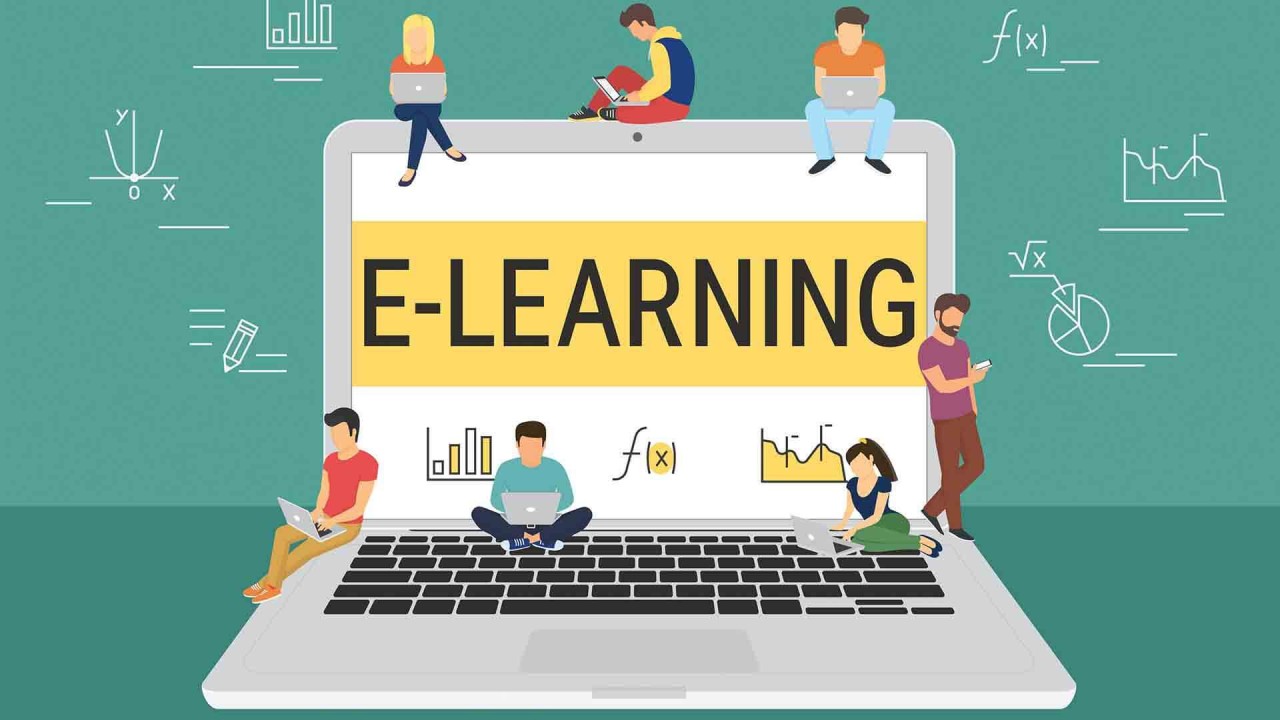E-learning—short for electronic learning—refers to education and training supported through information and communication technologies. It has become an essential element in modern workforce development due to growing globalization, the accelerating pace of markets, and the continual need to transfer and update knowledge.
Today’s human resource development must align with rapid technological change and an increased focus on customer and market orientation. Various methods and tools support this digital approach to learning, including:
-
Computer-Based Training (CBT): Self-paced learning programs delivered via CD, DVD, or the Internet, allowing learners to study anytime and anywhere without direct interaction with instructors or peers.
-
Authoring Systems: These tools enable the creation of digital learning content such as interactive exercises, images, and presentations. Instructors can develop course materials for web-based training, CD-ROMs, or classroom use. Learn more about authoring tools.
-
Videoconferencing: Enables real-time communication between geographically dispersed instructors and learners, creating virtual classrooms. Often referred to as teleteaching, this method is increasingly supported by widespread Internet access, including audio conferencing and integrated video capabilities.
-
Learning Management Systems (LMS): LMS platforms manage the full cycle of online learning, from course planning and registration to content delivery and performance tracking.
-
Learning Content Management Systems (LCMS): LCMS solutions focus on creating, managing, and delivering learning content. They facilitate content reuse, customization, and collaboration among subject matter experts.
E-learning enables flexible, scalable, and cost-effective training solutions, making it a cornerstone of modern organizational learning strategies.
« Back to Glossary Index





![15 Employee Offboarding Templates That Save Hours of HR Time [Free Downloads] 15 Employee Offboarding Templates That Save Hours of HR Time [Free Downloads]](https://i1.wp.com/www.hrcloud.com/hubfs/Header.png?w=150&resize=150,100&ssl=1)
